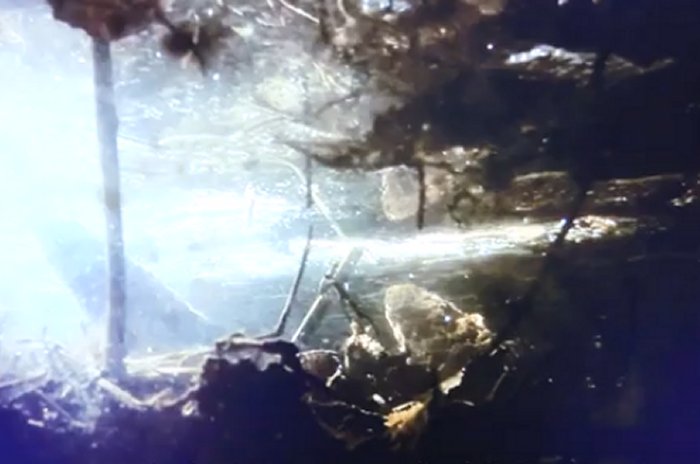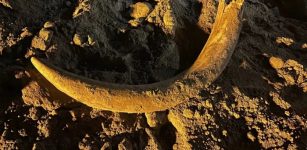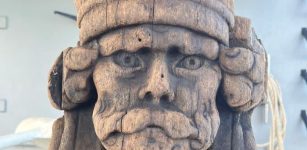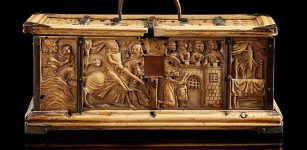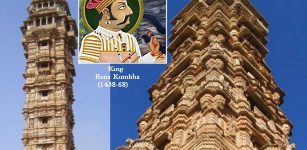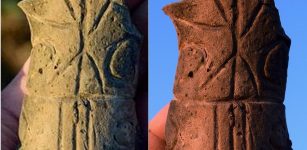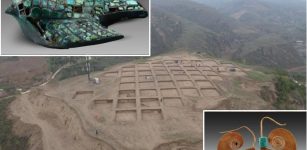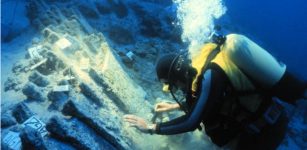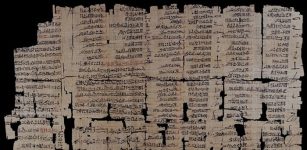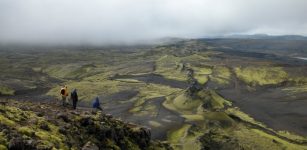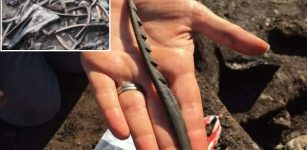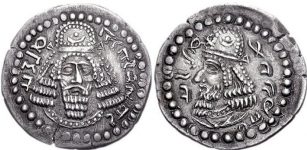Mystery Of Ancient Sami People Buried Underwater – New DNA Breakthrough
Conny Waters – AncientPages.com - During the Iron Age around 300 AD something extraordinary was initiated in Levänluhta area in Isokyrö, SW Finland.
People were buried in a lake but it's unknown why the deceased were placed underwater. Researchers have discovered the underwater burial tradition continued for at least 400 years.
Credit: University of Helsinki
When trenches were dug in the local fields in mid-1800's skulls and other human bones were surfacing. These bones had been preserved almost intact in the anoxic, ferrous water. Archaeologists, historians and locals have been wondering about these finds for over 150 years now.
A new DNA study may shed some light on this ancient mystery. According to scientists from the University of Helsinki the DNA matches present day Sami people, who nowadays live far from the site.
The mystery of Levänluhta has long intrigued archaeologists and the site is thought to be a sacrificial spring.
The Finnish research team led by docent Anna Wessman wanted to understand who the deceased buried in Levänluhta were, and why they were exceptionally buried under water so far from dwelling sites.
Now, after several years of scientific work, the group reports their results in the most recent issue of Nature. The results are part of a more extensive international study shedding light on the colonization and population history of Siberia with DNA data from ancient -- up to 31 000 years old -- human bones.
"In our part, we wanted especially to find out the origins of the Iron Age remains found from Levänluhta," says the group leader Anna Wessman in a press statement.
Using cutting edge ancient DNA sequencing technology, scientists can now confirm that the genomes of three Levänluhta individuals clearly resembled those of the modern Sami people.
See also:
Stone Age Settlement Discovered Underwater In Finland
Ancient Secrets Of Karelia: Mysterious Vottovaara Mountain Was Sacred To The Sami People
Mysterious Kaali Crater And The Holy Lake – Sacred Ancient Places In Estonia
This is somewhat surprising and raises the question whether the Sami people were locals or by-passers.
The results were suggesting that the Isokyrö region was inhabited by Sámi people in ancient times -- according to carbon datings the bones belonged to individuals that had died 500 -- 700 AD. This would be a concrete proof of Sámi in southern Finland in the past. But were the people locals, recent immigrants or haphazard by-passers? To find out, other techniques than DNA were needed. The solution lied in the enamel of teeth.
The current genomes of the people in Finland carry both eastern Uralic and western Scandinavian components, and the genome of one the Levänluhta individuals examined had clear ties to present day Scandinavians. As a whole the replacement of the Sámi people in southern and central Finland reflects the replacement processes in Siberia, clarified in the present article. This has probably been a common feature in the Northern latitudes.
"The Levänluhta project demands further studies, not only to broaden the DNA data but also to understand the water burials as a phenomenon. The question "Why?" still lies unanswered," ponders the bone specialist, docent Kristiina Mannermaa.
Written by Conny Waters - AncientPages.com Staff Writer

